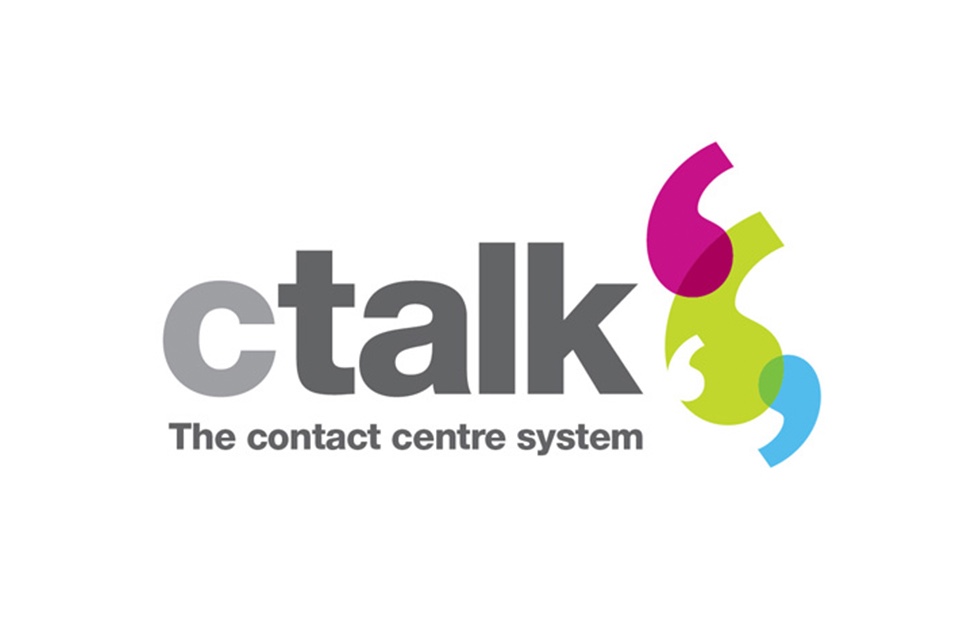UK businesses experience up to five security incidents each year

Attackers are seizing on vulnerabilities in hybrid working environments, creating more work – and also larger budgets – for security teams, despite organisations accelerating digital transformation projects. The latest State of Security Report from Infblox, which surveyed 100 UK respondents in IT and cybersecurity roles in the UK as part of its global sample, discovered […]
Remote working has affected employers support the health and wellbeing of staff

Fifty-nine per cent of employers say that the change in working patterns to a more remote or hybrid approach has affected the way they support the health and wellbeing of staff, according to research from GRiD, the industry body for the group risk protection sector. Of those employers who stated that working patterns had affected […]
How can working from home impact your customers?

Many employees across the country are now working from home, and have been for some time. Transitioning from office to home on the face of it seems like a straight forward task of moving hardware when in fact what we’ve learnt over the passed year is that- one of the biggest mistake’s companies have made […]
10 Free Contact Centre Homeworking Technology Health Checks To Be Won

What’s been your biggest contact centre work-from-home (WFH) technology challenge during lockdown? For many organisations, it’s been getting homeworkers connected to office comms and data systems. For others, it’s been data security and compliance. Other common technology challenges have involved recruitment and on-boarding, resource scheduling, communications and general management. What organisations have rapidly discovered […]
Bot Revolution to Permanent WFH: What 2021 Has in Store for CX

By Content Guru In the contact centre industry, looking backwards can often give us a clear indicator of what lies ahead. 2020 brought with it both personal and professional challenges no one could have predicted. However, the coronavirus crisis marked a clear turning point for the contact centre – one that has laid the foundations […]
Working from Home: How Blurred Boundaries Affect the Contact Center

Part three of a three-part series by Adam Aftergut, Product Marketing Manager at NICE, on the root causes of work-from-home challenges faced by contact center agents and their employers… As we detailed earlier in this series on work-from-home challenges, changing boundaries are having an impact on staffing and performance in the contact center. In addition to a new separation […]
eBook: Why a Distributed Workforce Wreaks Havoc on Your Business (and what you can do about it)

For the first time in recent history, there are more people working remotely than in corporate offices. This shift has substantially changed network traffic patterns for millions of businesses worldwide, creating capacity and reliability issues with firewalls, VPNs, SBCs, and Internet Service Providers (ISPs). With 92% of the virtual workforce expecting to work from home […]
Working from home: How separation affects the contact center

By Adam Aftergut, Product Marketing Manager, NICE Part two in a three-part series on the root causes of work-from-home challenges faced by contact center agents and their employers… As we noted in the first essay in this series on work-from-home challenges, fundamentally changing boundaries are having an impact on staffing and performance in the contact center. The […]
The root cause of work-from-home challenges

By Adam Aftergut, Product Marketing Manager, NICE Toronto-Dominion Bank (TD Bank) moved more than 9,000 call center employees from 15 cities in the US and Canada to a work-from-home (WFH) model in the weeks following widespread shutdowns due to COVID-19. Company leaders told Bloomberg that the bank, which serves 26 million customers, helped ease the massive transition by […]
How to stay focused when working remotely

By Jabra Working remotely or flexibly requires consistent self-motivation to remain focused, maintain productivity and successfully work through our daily or weekly task list. However, we know that focus and productivity can dip at certain times during working hours, so how can we stop our minds wandering, control our focus and remain productive wherever we […]

